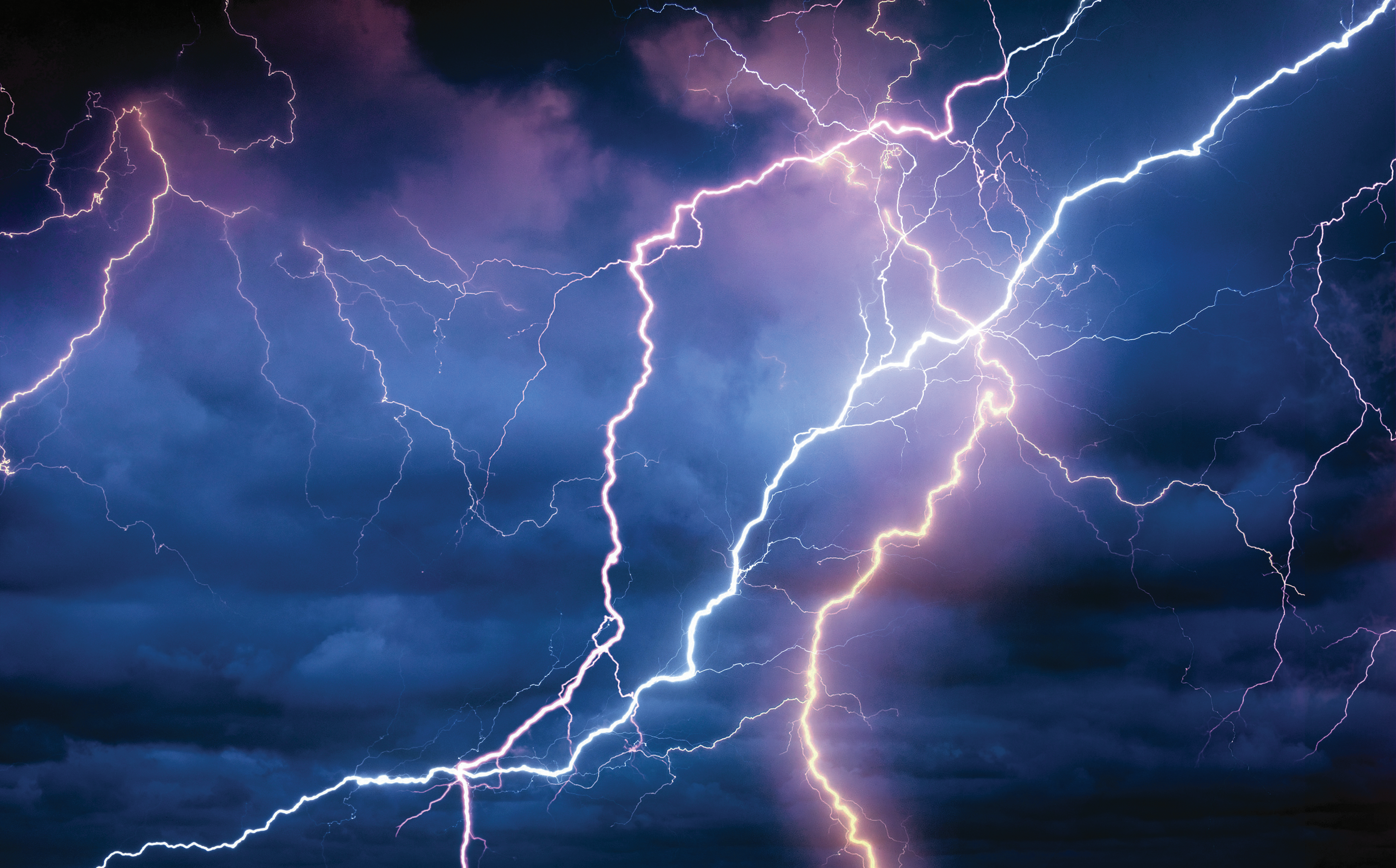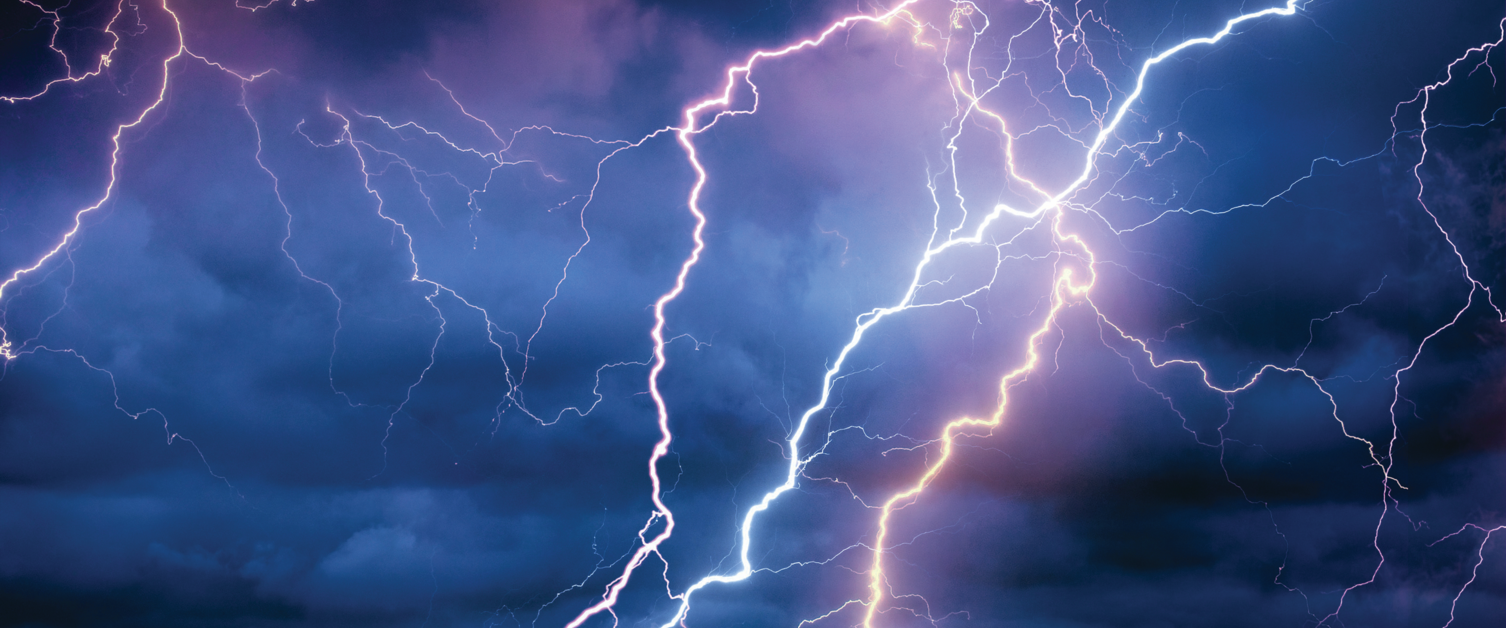Flash-tastic!
- By AMS Staff
- Nov 20, 2023
Photo Credit: iStock.com/Slavica

2,615 per minute — The peak number of lightning flashes in the volcanic plume during the eruption of the Hunga Volcano in Tonga in January of 2022, which a recent study calls “the most intense lightning rates ever documented in Earth's atmosphere.” Using data from sensors that measure light and radio waves to track the number and height of the flashes, researchers calculated that the eruption created more than 192,000 total flashes that reached extraordinary heights of 20–30 kilometers (12–19 miles) into the atmosphere—higher than traditional lightning bolt initiation has been observed in any previous studies. “With this eruption, we discovered that volcanic plumes can create the conditions for lightning far beyond the realm of meteorological thunderstorms we’ve previously observed,” notes lead author Alexa Van Eaton of the United States Geological Survey. “It turns out, volcanic eruptions can create more extreme lightning than any other kind of storm on Earth.” The study, which was published in Geophysical Research Letters, also revealed that gravity waves within the plume shaped the lightning flashes into a pattern of huge expanding concentric rings as large as 280 km across. “The scale of these lightning rings blew our minds,” Van Eaton states. “We’ve never seen anything like that before, there’s nothing comparable in meteorological storms. Single lightning rings have been observed, but not multiples, and they’re tiny by comparison.” By studying the lightning activity as well as plume heights, Van Eaton and colleagues were able to identify four distinctive phases of the volcano’s eruption over a period of more than 11 hours, which is much longer than the hour or two initially observed. Along with disclosing the record-setting flashes, the study provides new insights into the connection between lightning intensity and eruptive activity, which could improve the monitoring and nowcasting of the hazards of volcanic eruptions at their onset. [Source: American Geophysical Union]
* For more content from the Bulletin of the American Meteorological Society, please click here.
